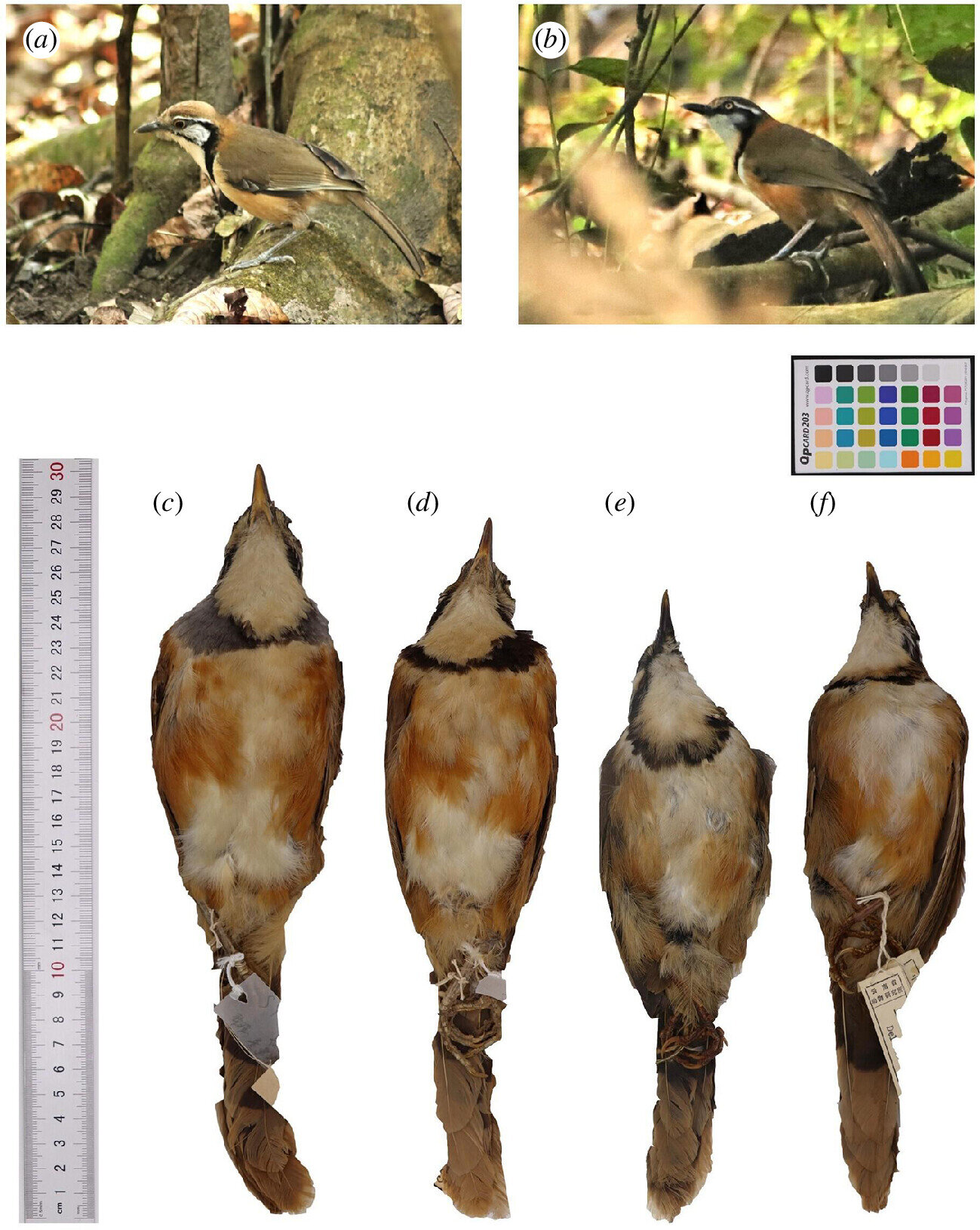Necklaced laughingthrush, known for their distinctive dark ring of feathers around their necks and their unique laughing songs, are native to various Asian countries. This recent study delves into the relationship between the lesser necklaced laughingthrush and the greater necklaced laughingthrush found in China and Nepal.
Despite their similarities in appearance, the main contrast between the two species lies in their size. Interestingly, these birds often coexist, with the smaller variety frequently seen alongside or within flocks of the larger species.
Observations by the research team revealed that when these two species live in close proximity, the lesser birds tend to adopt characteristics resembling those of the greater birds. To investigate whether this behavior constitutes mimicry and to determine which species benefits from this interaction, a comprehensive study was conducted.
By analyzing the coloration and patterns of multiple specimens from both species in various settings, including museums and natural habitats, researchers compared photographs to identify any differences. The results indicated noticeable changes in color and patterning in the lesser birds when cohabiting with the greater birds, leading them to resemble their larger counterparts more closely. Conversely, no such alterations were observed in the greater birds.
2024-04-30 18:51:03
Original article available at phys.org
